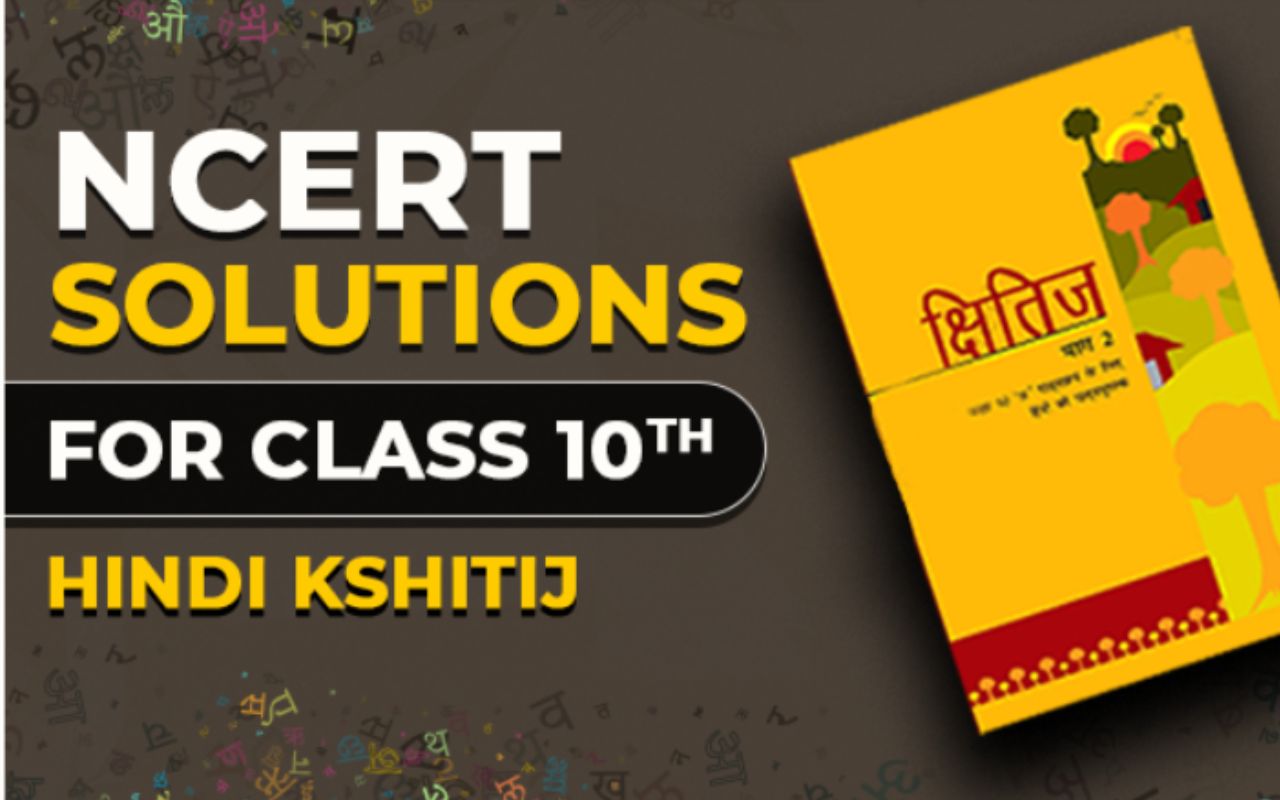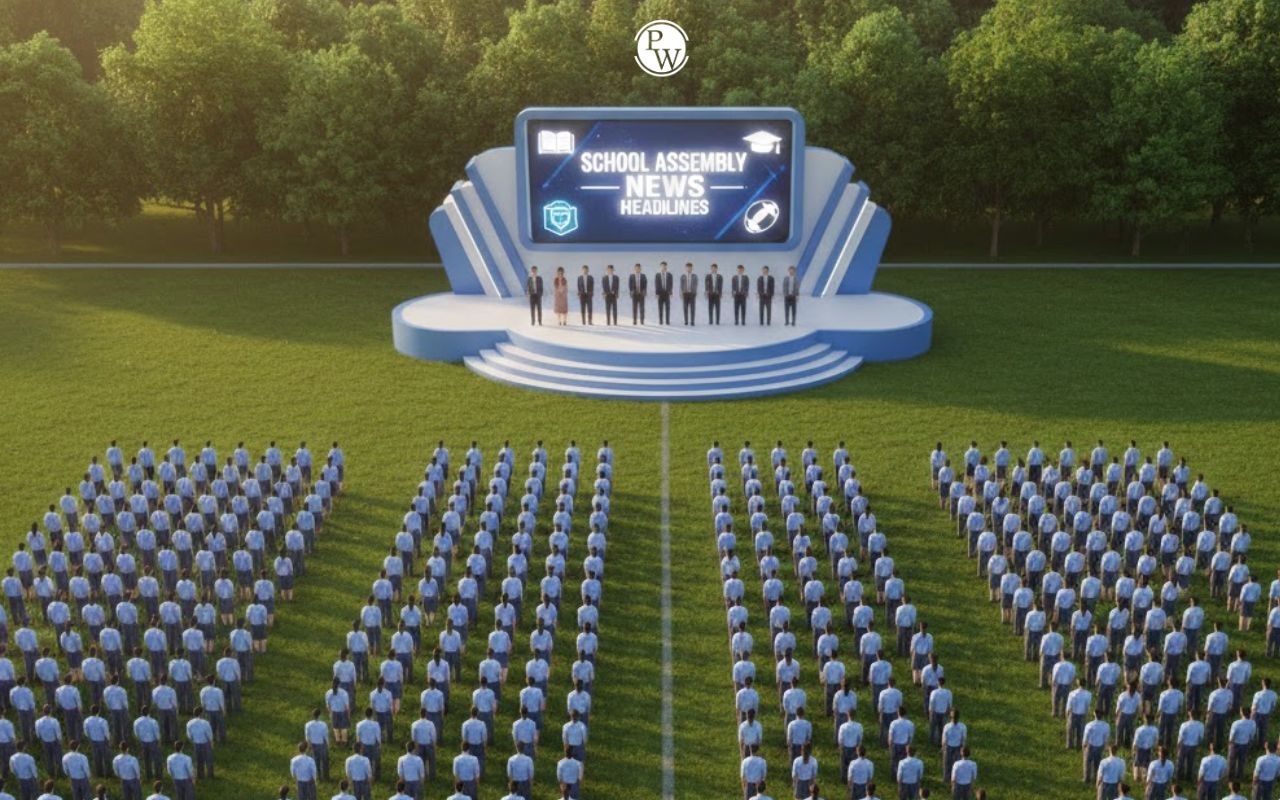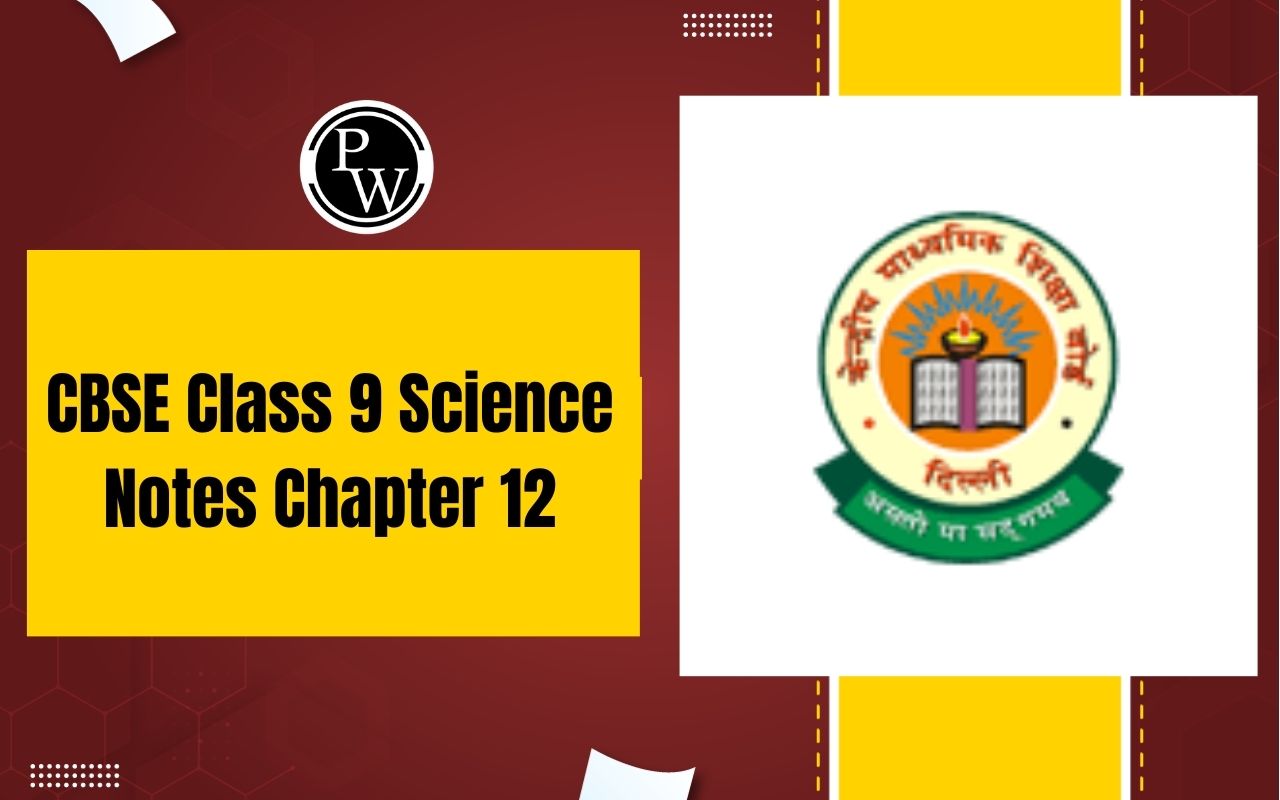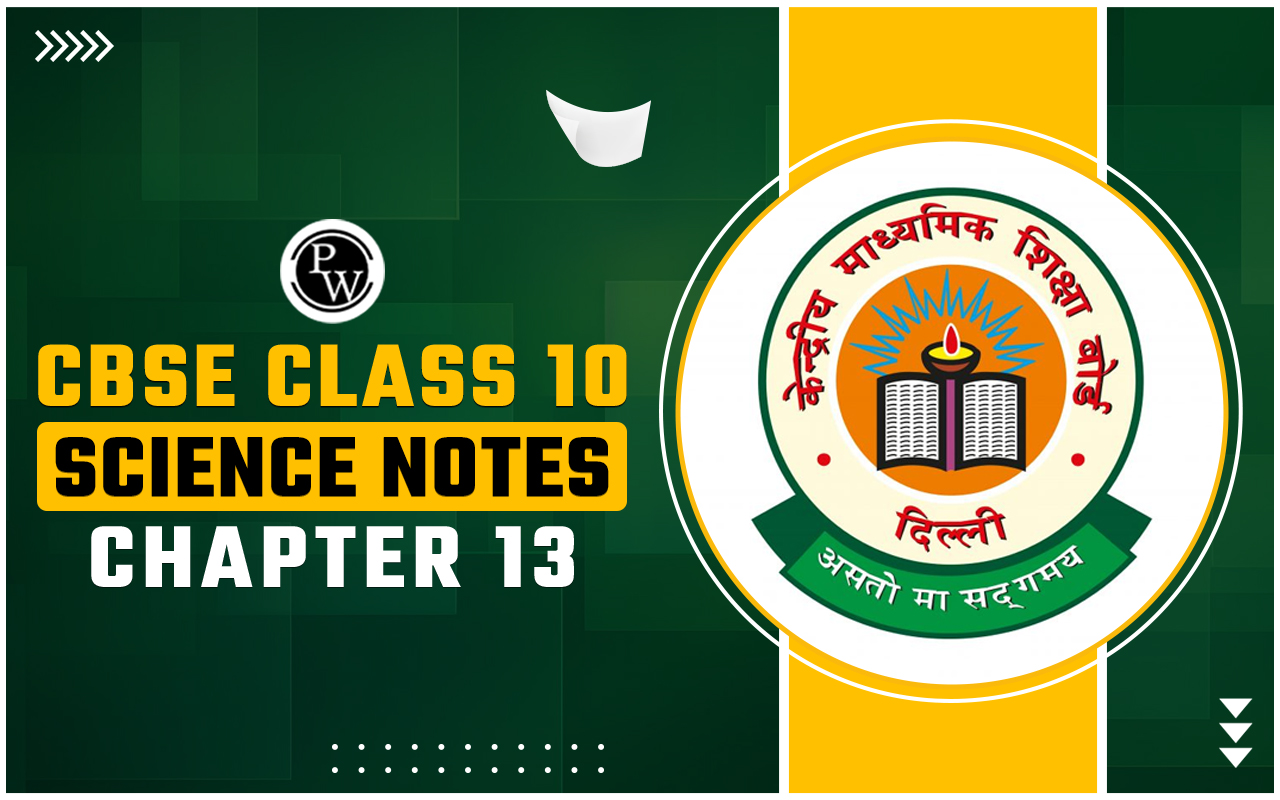
Insects Name: Nature is a rich tapestry woven by countless life threads. Insects, Earth's most abundant and diverse creatures, reside in all habitats, from oceans to mountains, for millions of years. In this blog, we’ll talk about Insects names for Kids, diversity, anatomy, classification, and adaptations.
All Insects Names List
Here are some of the most well-known and diverse insect orders and a few representative examples from each:
Coleoptera (Beetles):
- Ladybugs
- Fireflies
- Scarab beetles
- Weevils
Lepidoptera (Butterflies and Moths):
- Monarch butterfly
- Luna moth
- Swallowtail butterfly
- Tiger moths
Hymenoptera (Ants, Bees, Wasps):
- Honey Bees
- Carpenter ants
- Paper wasps
- Velvet ants
Diptera (Flies):
- Houseflies
- Mosquitoes
- Fruit flies
- Horse flies
Orthoptera (Grasshoppers, Crickets, Katydids):
- Grasshoppers
- Crickets
- Locusts
- Katydids
Odonata (Dragonflies and Damselflies):
- Common green darner
- Blue-tailed damselfly
- Emperor dragonfly
- Red-veined darter
Hemiptera (True Bugs):
- Stink bugs
- Water striders
- Assassin bugs
- Leafhoppers
Isoptera (Termites):
- Subterranean termites
- Drywood termites
- Dampwood termites
Neuroptera (Lacewings, Antlions):
- Green lacewings
- Antlions
- Owlflies
Mantodea (Mantises):
- Praying mantis
- Orchid mantis
- Devil's flower mantis
Phasmida (Stick Insects):
- Indian stick insect
- Giant spiny stick insect
- Walking stick
Phthiraptera (Lice):
- Head lice
- Body lice
- Pubic lice
Thysanoptera (Thrips):
- Western flower thrips
- Onion thrips
- Chilli thrips
Siphonaptera (Fleas):
- Cat flea
- Dog flea
- Human flea
Trichoptera (Caddisflies):
- Giant salmonfly
- Little black sedge
- Spotted caddisfly
Ephemeroptera (Mayflies):
- Common burrower mayfly
- Pale evening dun
- Small minnow mayfly
Blattodea (Cockroaches):
- American cockroach
- German cockroach
Oriental cockroach
Dermaptera (Earwigs):
- Common earwig
- European earwig
- St. Helena earwig
Also Check – Body Parts Name in Hindi and English
Insects Names in English
Here is a list of some common and interesting insect names in English:
- Ant
- Bee
- Butterfly
- Mosquito
- Dragonfly
- Ladybug
- Grasshopper
- Cricket
- Beetle
- Fly
- Wasp
- Firefly
- Moth
- Spider (arachnid, not technically an insect)
- Caterpillar
- Praying Mantis
- Cockroach
- Termite
- Flea
- Bedbug
- Aphid
- Stick Insect
- Katydid
- Hornet
- Weevil
- Bumblebee
- Silverfish
- Tarantula (also an arachnid)
- Centipede
- Millipede
- Gnat
- Tsetse Fly
- Horsefly
- June Bug
- June Beetle
- Walking Stick
- Hornet
- Fruit Fly
- Lacewing
- Boxelder Bug
- Praying Mantis
- Midge
- Damselfly
- Roly-Poly (also known as a pill bug or woodlouse)
- Earwig
- Leafhopper
- Aphid
- Grass Spider
- Leafcutter Ant
- Assassin Bug
10 Insects Names
- Ant
- Bee
- Butterfly
- Mosquito
- Ladybug
- Grasshopper
- Dragonfly
- Spider
- Cricket
- Firefly
20 Insects Names
- Beetle
- Caterpillar
- Fly
- Wasp
- Mantis
- Moth
- Praying mantis
- Roach
- Tick
- Earwig
- Hornet
- Centipede
- Aphid
- June Bug
- Bedbug
- Silverfish
- Fruit fly
- Flea
- Stick insect
- Tarantula
Also Check – Dry Fruits Name
Insects Names with Pictures
Here are some names of various insects:
- Ant
- Bee
- Butterfly
- Mosquito
- Fly
- Grasshopper
- Ladybug
- Dragonfly
- Cockroach
- Beetle
- Cricket
- Spider
- Wasp
- Moth
- Firefly
- Flea
- Praying Mantis
- Termite
- Aphid
- June Bug
- Silverfish
- Hornet
- Katydid
- Weevil
- Earwig
- Grasshopper
- Mosquito
- Bedbug
- Ticks
- Hornet
- Scorpion
- Firefly
- Centipede
- Praying Mantis
- Gnat
- Stink Bug
- Tarantula
- Flea
- Silverfish
- Dragonfly
- Termite
- Leafhopper
- Carpenter Ant
- Velvet Ant
- Assassin Bug
- Bumblebee
- Green Lacewing
- Jewel Beetle
- Dung Beetle
- Walking Stick
Home Insects Names
Here are the names of some common home insects:
- Ants
- Cockroaches
- Spiders
- Flies
- Mosquitoes
- Termites
- Bedbugs
- Silverfish
- Bees
- Wasps
- Centipedes
- Moths
- Earwigs
- Fruit flies
- Ladybugs
- Carpet beetles
- Houseflies
- Weevils
- Crickets
- Stink bugs
- Fleas
- Pill bugs (Roly-Polies)
- Fire ants
- House centipedes
- Yellowjackets
- Boxelder bugs
- Gnats
- Silverfish
- Mites
- Fruit flies
- Sowbugs
- Aphids
- Lacewings
- House spiders
- House crickets
- Drain flies
- Clothes moths
- Sand flies
- Asian lady beetles
- Paper wasps
Also Check – Parts of Speech
Insect Names with Example Sentences
Here are some insects names with example sentences:
Butterfly:
Example Sentence: The colourful butterfly danced gracefully from flower to flower in the garden.
Ant:
Example Sentence: The diligent worker ant tirelessly carried food back to the colony.
Bee:
Example Sentence: Bees are vital for pollinating plants and ensuring the production of fruits and vegetables.
Mosquito :
Example Sentence: The persistent mosquito buzzed around our ears all night, making it impossible to sleep.
Dragonfly :
Example Sentence: The iridescent dragonfly hovered near the pond, capturing the attention of curious onlookers.
Grasshopper:
Example Sentence: The grasshopper leaped high into the air, landing gracefully on a blade of grass.
Ladybug :
Example Sentence: Children often associate ladybugs with good luck and make a wish when one lands on them.
Cockroach:
Example Sentence: Cockroaches are known for their resilience and ability to survive in various environments.
Moth:
Example Sentence: The moth was attracted to the light, fluttering around the porch on a summer evening.
Firefly:
Example Sentence: Fireflies illuminated the night, creating a magical atmosphere in the forest.
Beetle:
Example Sentence: The colourful beetle crawled along the tree trunk, its exoskeleton shimmering in the sunlight.
Cicada:
Example Sentence: The loud, rhythmic chirping of cicadas is a familiar sound during the hot summer months.
Mantis:
Example Sentence: The praying mantis patiently waited for its prey, camouflaged among the leaves.
Wasp:
Example Sentence: A wasp buzzed angrily after being disturbed, causing everyone to scatter.
Termite:
Example Sentence: Termites can cause significant damage to wooden structures if left unchecked.
Flea:
Example Sentence: Our dog scratched incessantly due to a flea infestation, prompting a visit to the veterinarian.
Tick:
Example Sentence: Ticks can transmit diseases, so it's essential to check for them after spending time outdoors.
Spider:
Example Sentence: The spider spun an intricate web to catch unsuspecting insects for its meal.
Centipede:
Example Sentence: The centipede scurried across the forest floor, its many legs moving in a mesmerising wave.
Aphid:
Example Sentence: Aphids can quickly infest plants, damaging crops and garden flowers.
Earwig:
Example Sentence: An earwig scurried out from under the rock, its pincers raised defensively.
Weevil:
Example Sentence: The rice weevil is a common pantry pest that can infest stored grains.
Silverfish:
Example Sentence: Silverfish are known for their silver-scaled bodies and preference for dark, damp areas.
Praying Mantis:
Example Sentence: The praying mantis is known for its unique hunting technique, capturing prey with its front legs.
June Bug:
Example Sentence: Children often collect June bugs during the summer, fascinated by their iridescent green colour.
Gnat:
Example Sentence: Gnats can be quite annoying when they gather around outdoor lights in the evening.
Leafcutter Ant:
Example Sentence: Leafcutter ants meticulously cut leaves and use them to cultivate fungus for food.
Dung Beetle:
Example Sentence: Dung beetles roll balls of animal dung for nourishment and reproduction.
Stick Insect:
Example Sentence: The stick insect perfectly mimics a twig, making it nearly invisible to predators.
Water Strider:
Example Sentence: Water striders seem to "walk on water" due to their specialised leg structure and surface tension.
Honeybee:
Example Sentence: Honeybees are essential pollinators responsible for honey production and crop fertilisation.
Yellow Jacket:
Example Sentence: A yellow jacket buzzed angrily as it protected its nest from intruders.
Midge:
Example Sentence: Midges can be a nuisance near bodies of water, especially in the evening.
Hornet:
Example Sentence: The hornet's nest hung ominously from the tree, a potential danger to anyone who ventured too close.
Leafhopper:
Example Sentence: Leafhoppers are known for their jumping ability and the damage they can cause to plants.
Bluebottle Fly:
Example Sentence: The bluebottle fly is attracted to decaying organic matter and is often associated with unpleasant odours.
Walking Stick:
Example Sentence: The walking stick insect moved slowly and methodically along the branches, resembling a stick.
Fire Ant:
Example Sentence: Fire ants are known for their painful stings and aggressive behaviour when their nests are disturbed.
Stonefly:
Example Sentence: Stoneflies are indicators of clean, unpolluted water, and are important for freshwater ecosystems.
Silver Spot Skipper:
Example Sentence: The silver spotted skipper butterfly fluttered among the wildflowers, sipping nectar from each bloom.
Also Check – Fruits Name
About Insects
Insects are diverse and abundant, with vital roles in ecosystems and society. They have unique features and inhabit varied environments. They serve as herbivores, predators, and recyclers, and are crucial for pollination. Insects benefit agriculture and silk production but can be pests and disease vectors, affecting health and food security. Understanding their importance is vital for ecological balance and addressing agricultural challenges.
Structure of Insects
Insects have a specialised body structure:
- Head: Contains compound eyes, antennae, and mouthparts.
- Compound eyes: Wide vision, movement detection, colour differentiation.
- Antennae : Detect chemical cues, temperature, stimuli.
- Mouthparts : Adapted for various diets (chewing, syphoning, piercing-sucking).
- Thorax: Facilitates locomotion with legs and wings.
- Six legs : Varied for walking, jumping, swimming, grasping.
- Wings : One or two pairs for flying, aiding dispersal, foraging.
- Abdomen: Houses digestive, reproductive, respiratory systems.
- Segmented : Contains specialised structures like spiracles, ovipositors.
- Wings: Enable efficient movement and resource access.
- One or two pairs : Membranous or hardened and shell-like.
- Exoskeleton: Made of chitin, provides protection and support, requires moulting for growth.
- Spiracles: Small openings for air entry, allowing insects to breathe.
Insects' body parts support their success and ecological significance.
Insects Names FAQs
Do all insects qualify as pests?
How do insects safeguard themselves?
Is it possible for insects to regenerate lost body parts?
What function do insects fulfil in ecosystems?










